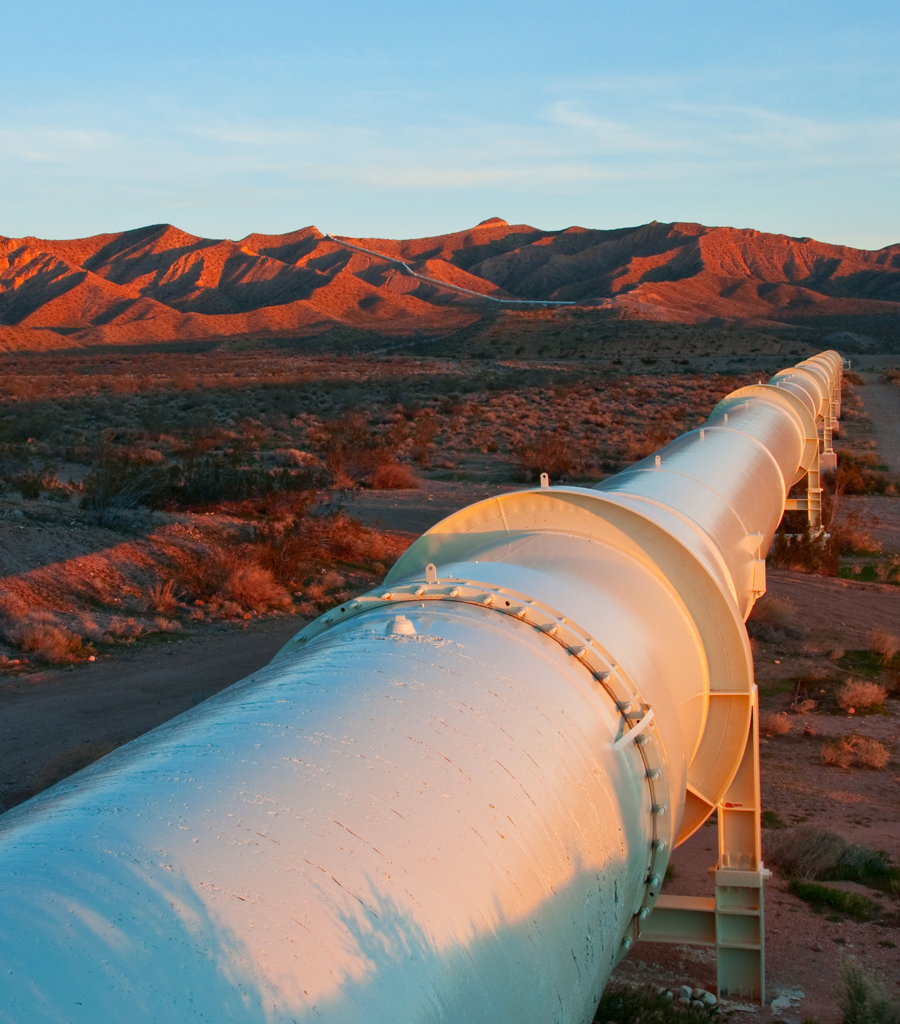The European Union is committed to reducing greenhouse gas emissions to 80-95% below 1990 levels by 2050, in the context of necessary reductions by developed countries as a group. At the end of 2011, the European Commission published the Energy Roadmap 2050, which explores the challenges posed by delivering the EU's decarbonisation objective while at the same time ensuring security of energy supply and competitiveness. It is clear that to achieve these levels of decarbonisation major investments will be needed to replace the current carbon intensive generation park.
These investments will focus on low-carbon generation. This includes renewables, potentially carbon capture and storage (CCS) plants and most controversially (post-Fukushima, at least), perhaps nuclear.
BeforeFukushimathere was much talk of a nuclear renaissance, while projects were mooted in several European countries. Sentiment switched following the disaster inJapan, withGermanyaccelerating its plant closure andSwitzerlanddeciding on a cap of 50% of nuclear’s share in production.
Energy policy is, inevitably, a political matter. This is particularly the case where nuclear power is concerned. But in setting energy policy, politicians can’t ignore real-world constraints. Everyone would like to have an energy system which delivers safe, secure and cheap energy produced with minimal emissions. But, at least with today’s technology, such systems don’t exist.
European policy currently subsidises renewables heavily. Earlier this year Günther Oettinger, the European commissioner for energy, endorsed the idea of a new binding target for renewables after the existing 20% target for 2020. At what cost? German solar photovoltaic (PV) generation currently costs around €170/MWh, having come down from levels of around €300-400/MWh when first rolled out. Solar subsidies are costing German customers over €6bn per annum. And neither solar nor wind power can provide security of supply alone.
Estimates of the costs of nuclear generating capacity vary dramatically, both in desk studies and in real life. Take the Olkiluoto 3 plant inFinlandwhich started out with a €3bn estimate and then ran into massive delays which have already cost a further €2.65bn. EDF’s Flamanville plant inFrancestarted with a €3.3bn price tag – recent estimates stand at €8bn.
Combined with post-Fukushima concerns about safety, these figures might be taken to imply that nuclear is not a realistic option for Europe. However, it is important to bear in mind that Olkiluoto 3 is the first Generation III+ plant in the world and Flamanville is the first in France. Their costs have to be considered in this context. Looking beyond first of a kind, studies put nuclear power levelised costs somewhere in the €60-120/MWh range by 2020 (for 3rd+ generation pressurized water reactors) in Europe, and substantially lower in Asia.
So renewables are intermittent and expensive. Nuclear power involves big engineering projects with resulting cost uncertainty and will always bring with it safety concerns in the public’s eye. But it looks likely to be cheaper than many renewable options. Traditional fuels such as gas, coal and oil will remain “dirty” until CCS technology is proven at industrial scale. Even then, they will be expensive until CCS technology matures and reduces in cost.
All of which means there is no single silver bullet. Energy policy needs to be informed by the trade-offs. In the wake of theFukushimadisaster, a reaction against nuclear power is understandable, but it is likely that this comes at a cost which politicians and voters need to understand. Future generations may not thank us for pressing on regardless- which is what a further binding renewables target post 2020 might just represent. This risks saddling them with energy bills which will both squeeze personal disposable incomes and make European industry less competitive in a global marketplace.
This post is part of a series for the Global Energy Conversation, supported by Shell. For more information, visit the Global Energy Conversation website




